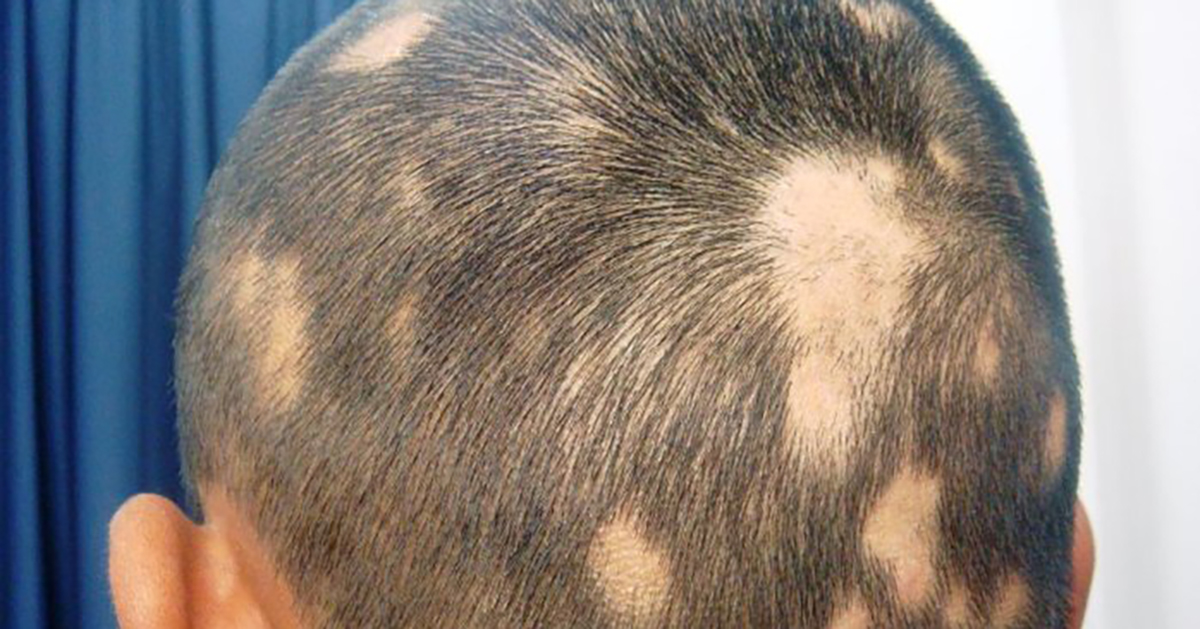The Fundamentals Of Alopecia Areata
Alopecia areata is a common autoimmune condition that often results in the patient losing variable amounts of hair, ranging from a few chunks to becoming completely bald. The disorder affects approximately 6.8 million Americans and can affect both genders at any age. Learn more now about this prevalent condition, what causes it, how it is diagnosed, and what the treatment options are for individuals who are dealing with it.
What Exactly Is Alopecia Areata?

Alopecia areata is a form of hair loss occurring when an individual’s immune system attacks the hair follicles, where hair growth begins, by accident. The damage to the hair follicle is typically not permanent, as a majority of those afflicted recover from the disorder quite effortlessly. Alopecia areata is most common in patients younger than twenty, with children being the most targeted group by this disorder. However, adults and children of any age can be affected. The severity of the disorder varies, as sometimes it can lead to complete hair loss on the scalp, known as alopecia totalis, or, in extreme cases, it can destroy hair follicles all over the body called alopecia universalis. This autoimmune condition often develops suddenly and over the course of a few days, and patients who experience alopecia areata and who only have a few patches of hair loss typically make a quick, spontaneous, full recovery without treatment.
Keep reading to discover the signs and symptoms patients should be aware of if they believe they may be dealing with alopecia areata.